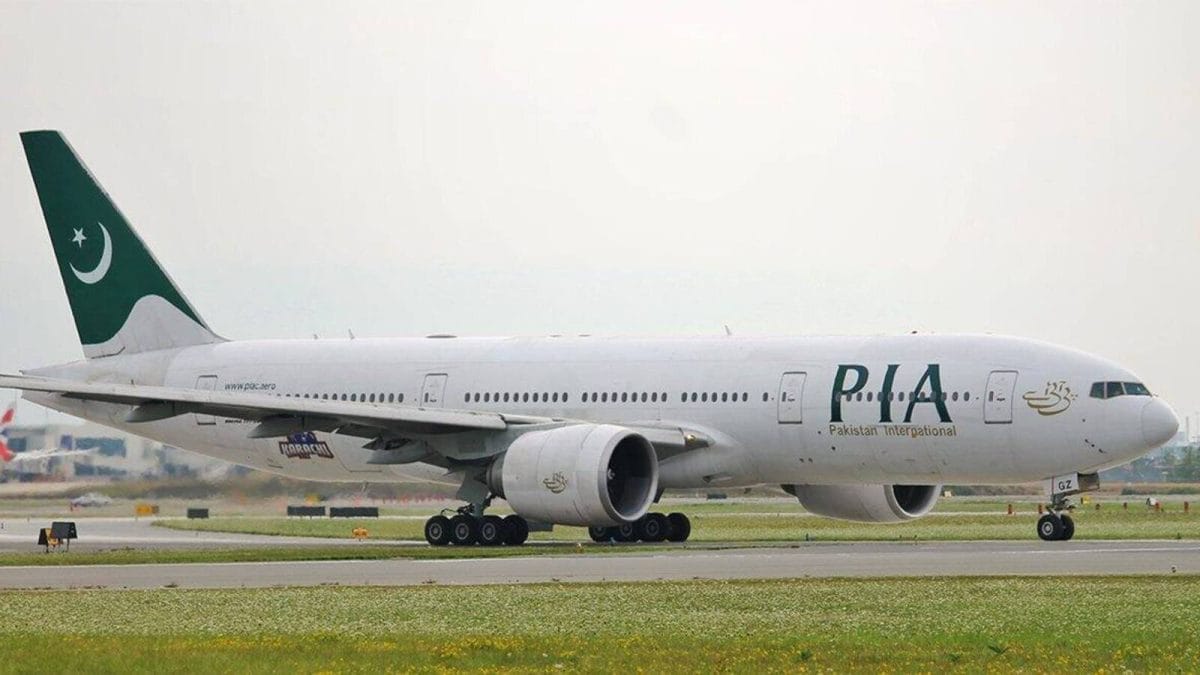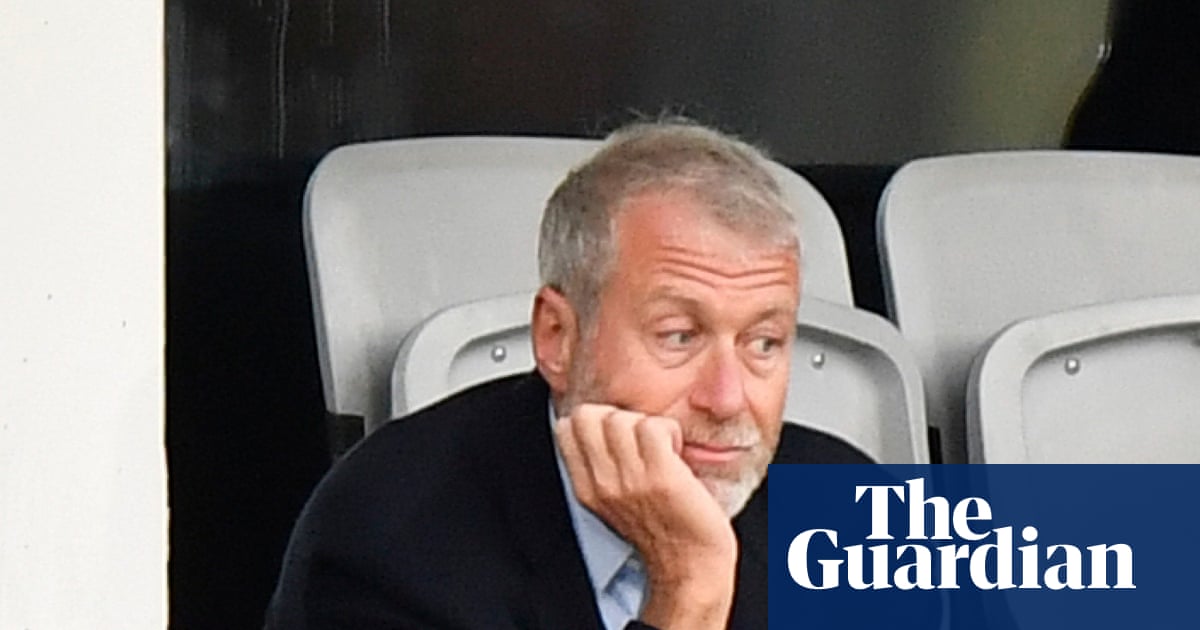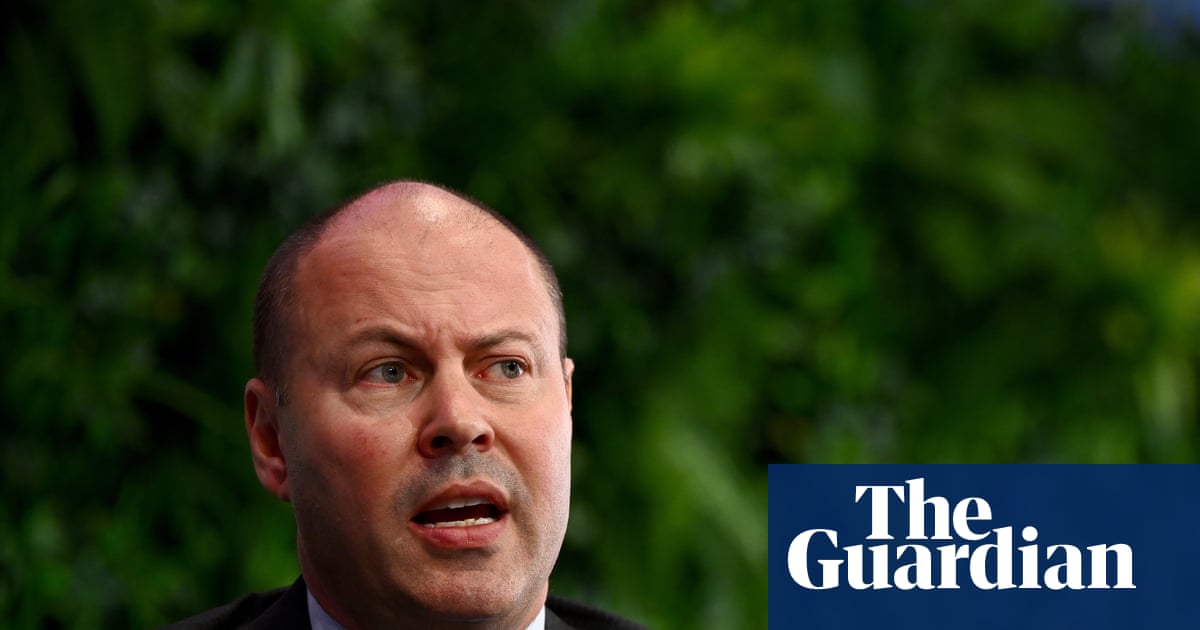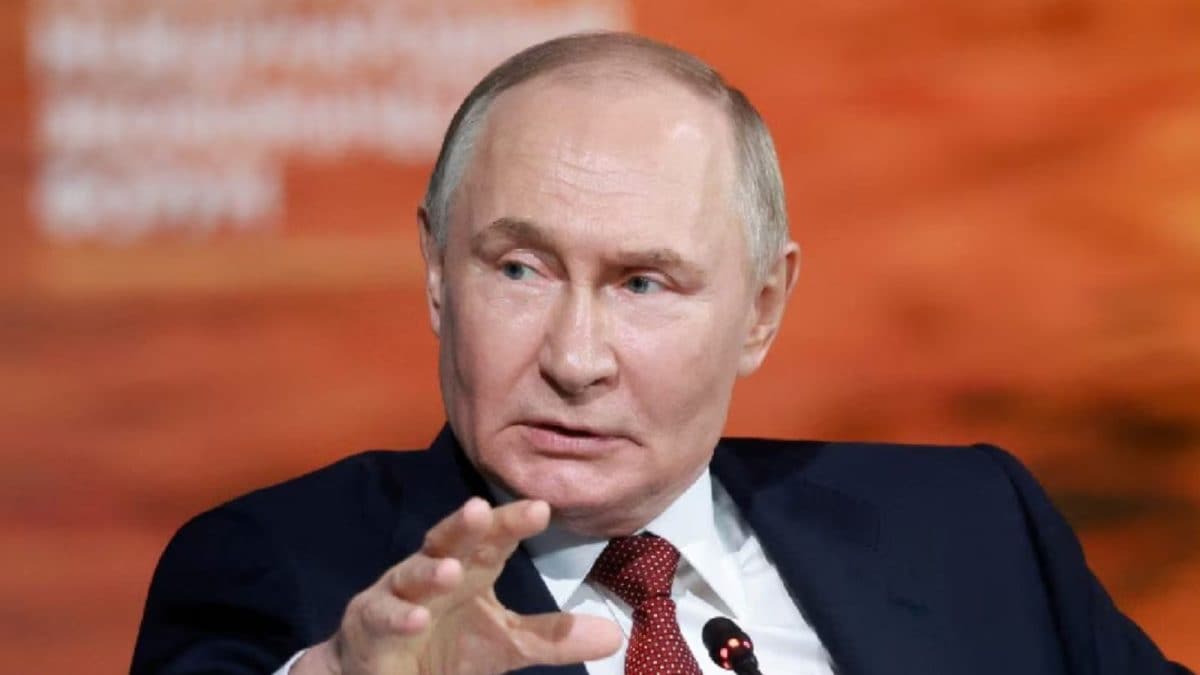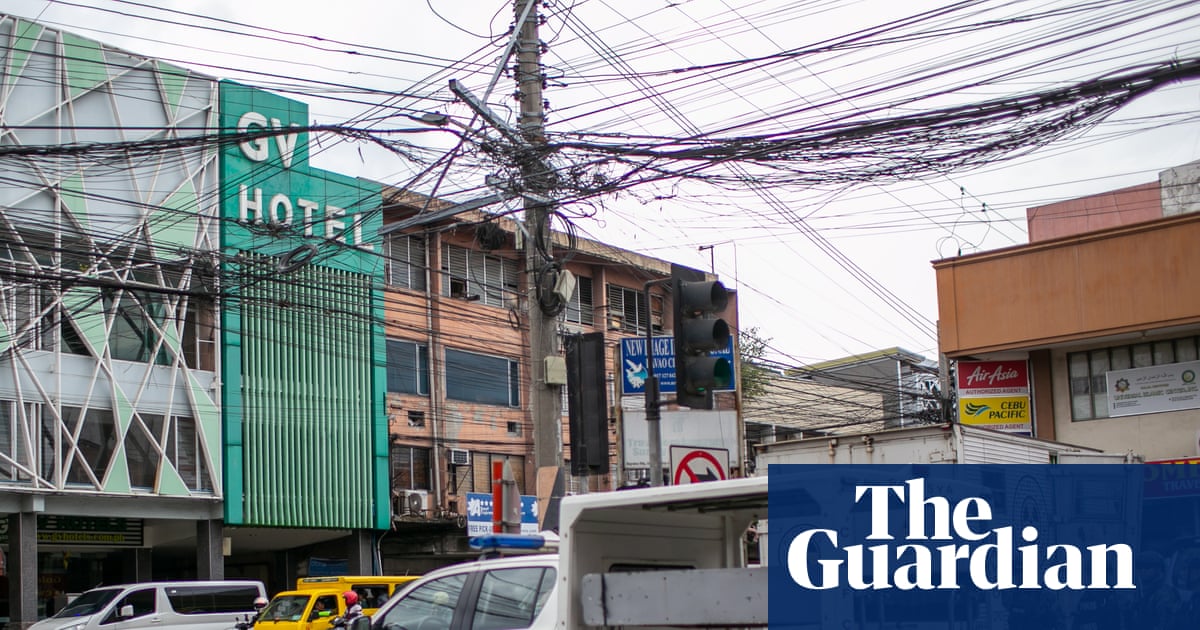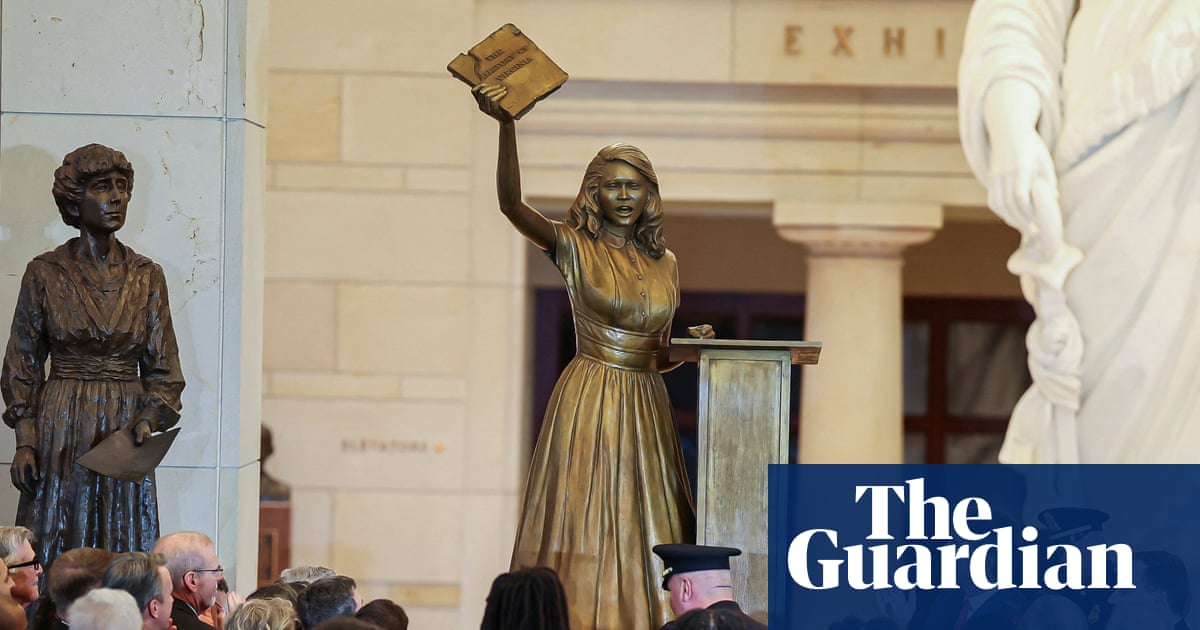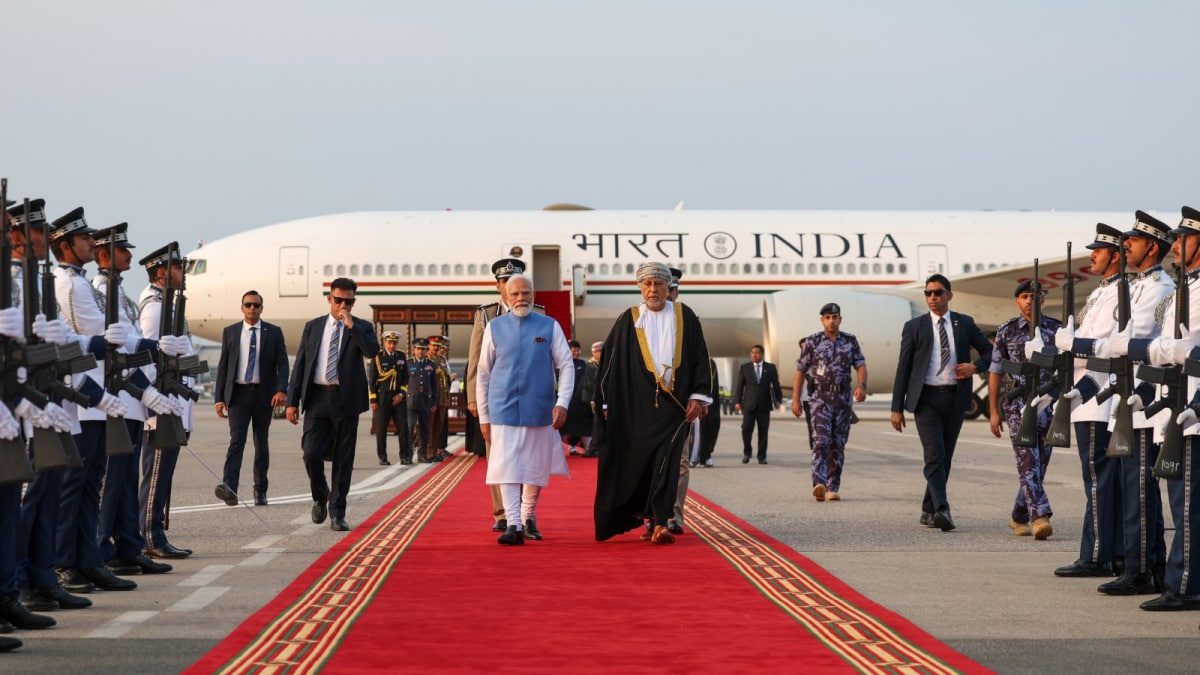The Rafah crossing remains closed until Hamas hands over deceased hostages' bodies. The ceasefire is fragile, aid is limited, and challenges persist over hostages, disarmament, and Gaza's governance.

Israeli PM Benjamin Netanyahu.
The Rafah border crossing between Gaza and Egypt will remain closed “until further notice,” Israeli Prime Minister Benjamin Netanyahu said on Saturday. He said its reopening would depend on Hamas handing over the bodies of deceased Israeli hostages.
The announcement came shortly after the Palestinian embassy in Egypt stated that the Rafah crossing, Gaza’s main exit and entry point, would reopen on Monday. In response, Hamas criticised Netanyahu’s decision, calling it a "blatant violation of the ceasefire agreement and a repudiation of the commitments he made to the mediators and guarantor parties."
Hamas also warned that keeping the crossing closed would delay the delivery of equipment needed to recover more hostage bodies from the rubble, slowing down the process of returning remains to Israel.
Israel said it received two additional hostage bodies late Saturday, bringing the total handed over to 12 out of 28 under the US-brokered ceasefire and hostage deal agreed last week. The slow return of bodies highlights the fragility of the truce and poses a potential risk to the broader agreement, which includes other elements of US President Donald Trump’s 20-point plan to end the conflict.
As part of the deal, Hamas released all 20 living Israeli hostages it had held for two years, in exchange for nearly 2,000 Palestinian prisoners jailed in Israel. Israel, however, says Hamas is moving too slowly in returning the bodies of deceased hostages. Hamas argues that locating the remains amid Gaza’s extensive destruction is time-consuming. Under the agreement, Israel is to return 360 bodies of Palestinian militants in exchange for the deceased Israeli hostages, and so far has handed over 15 Palestinian bodies per Israeli body received.
The Rafah crossing has been largely closed since May 2024. The ceasefire also includes the ramping up of humanitarian aid to Gaza, where hundreds of thousands of people were assessed as facing famine in August, according to the IPC global hunger monitor. After a near three-month blockade, Israel began increasing aid in July, scaling it up further following the ceasefire.
Since the US-brokered truce, an average of around 560 metric tons of food has entered Gaza daily, though this remains far below the actual need, the UN World Food Programme says. Despite these measures, major challenges persist for implementing the broader peace plan, including questions about Hamas disarmament and the governance of Gaza.
- Ends
With inputs from Reuters
Published By:
Aashish Vashistha
Published On:
Oct 19, 2025

 1 month ago
1 month ago




